The Driver's Guide to Sharing the Road with Bicyclists
By Kimberly Graf. Published on March 7, 2024
Occasionally you are going to be on the same road with someone on a bicycle. With the rising cost of fuel and vehicle repairs and maintenance, a lot of people are buying bicycles and using them to get everywhere. After all, it is exercise that gets you places, and it isn't harmful to the environment due to the lack of emissions. In fact, many people are voluntarily taking to the bicycling way of life!
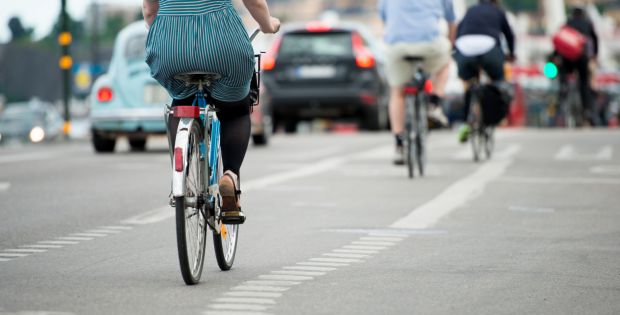
But as a driver, how can you exist on the same road with someone who isn't protected by a large metal shell? You've come to the right place to find out. Most of the rules and laws listed below are standard to the entire United States, but we encourage you to always check your own state's regulations when it comes to things like this. Not knowing the law won't get you out of a ticket!
Let's start with bike lanes. You should never drive in a bike lane unless it is an emergency and you have nowhere else to go. Don't park here, either. They are clearly meant for cyclists and they won't be expecting a car to come into their lane.
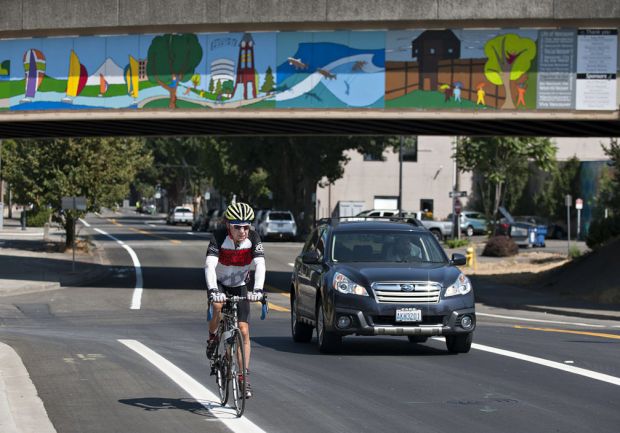
That being said, they don't always stay in the bike lane. There are various issues that might force someone on a bicycle out into the road with the traffic – the lack of a bike lane, for one. This also includes avoiding debris in the road, or moving out from a parked car to avoid having a door suddenly opened on them. Occasionally, they will have to be in the road with you. It's important that you maintain the proper distance if you are at all capable and the road allows.
Proper distance is measured at 3 feet. There should be at least 3 feet between your car and the bicyclist at all times. If you manage to brush a bicyclist – just brush them – with your car, you could be facing a whole lot of trouble that may even include losing your license. Make sure that you're judging the distance correctly.
If you have to pass a cyclist, that's okay as well. Even though they are required to obey all traffic laws when they are in traffic lanes, there is simply no way that a cyclist is going to be able to pedal fast enough to hit high-speed limits. You can pass a bike, just make sure to keep 3 feet between you and the biker. You absolutely have to be aware of the traffic in the next lane, including the passing lane or oncoming traffic. Make sure that you have a clear shot when you go to pass, and always, always pass on the left. And don't assume that the biker will hear you coming and move closer to the side of the road. Most listen to music or other entertainment while they are pedaling and won't hear you.
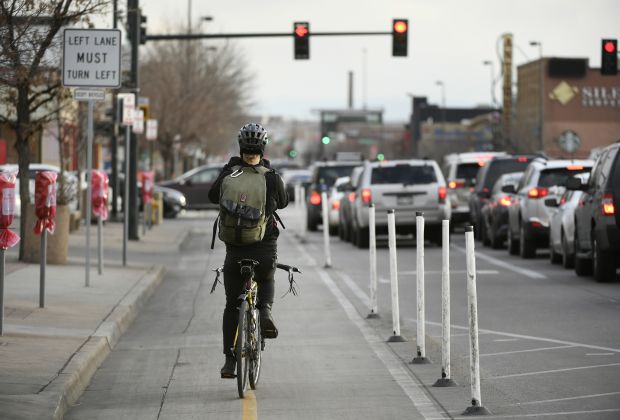
Make sure that you're paying special attention to stop walks, stop signs, and even right turns. Sometimes, cyclists will run stop signs, so make sure that you watch out and stay alert even if there isn't a cyclist in the area.
If you're making a right turn, check for bikers. If they are going straight at a stoplight and you are turning right, the bike still has the right of way. Always, always make sure that you check so that no one gets hurt or in trouble!
If you're passing a bike or there's one on the road with you, remember to be aware of your blind spots. If they can hide whole cars, they are going to definitely be able to hide a bicycle. Make double sure that you're thoroughly checking before you change lanes or turn.
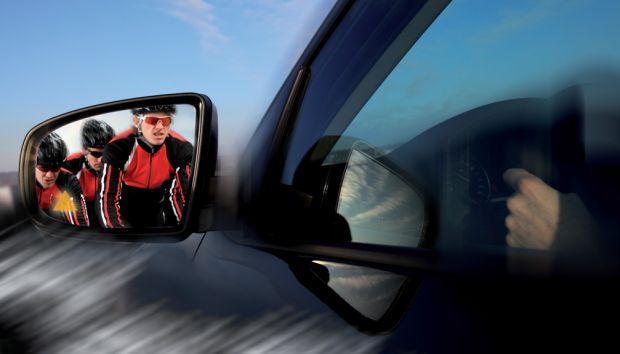
The one beneficial thing that you can do to avoid getting into any accidents with anyone on a bicycle is to make sure that you are paying attention to your surroundings. This means your full attention, which is going to be lacking if you're tired or anxious. But as long as you are mindful and aware, you can avoid accidents (and with more than just cyclists).
Just remember that you are riding around in a big metal box, and bikers are exposed to the elements. Be courteous, always look both ways, and check for any cyclists before you commit to making a turn. You wouldn't want to ruin anyone's life, so you have to make sure that you are doing all you can to help positively impact the traffic in your area – both in cars and on bikes.


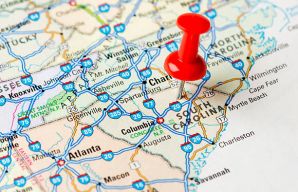
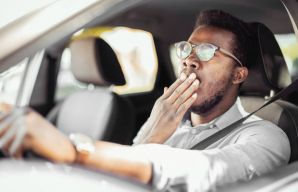
No comments yet, be the first to say something!